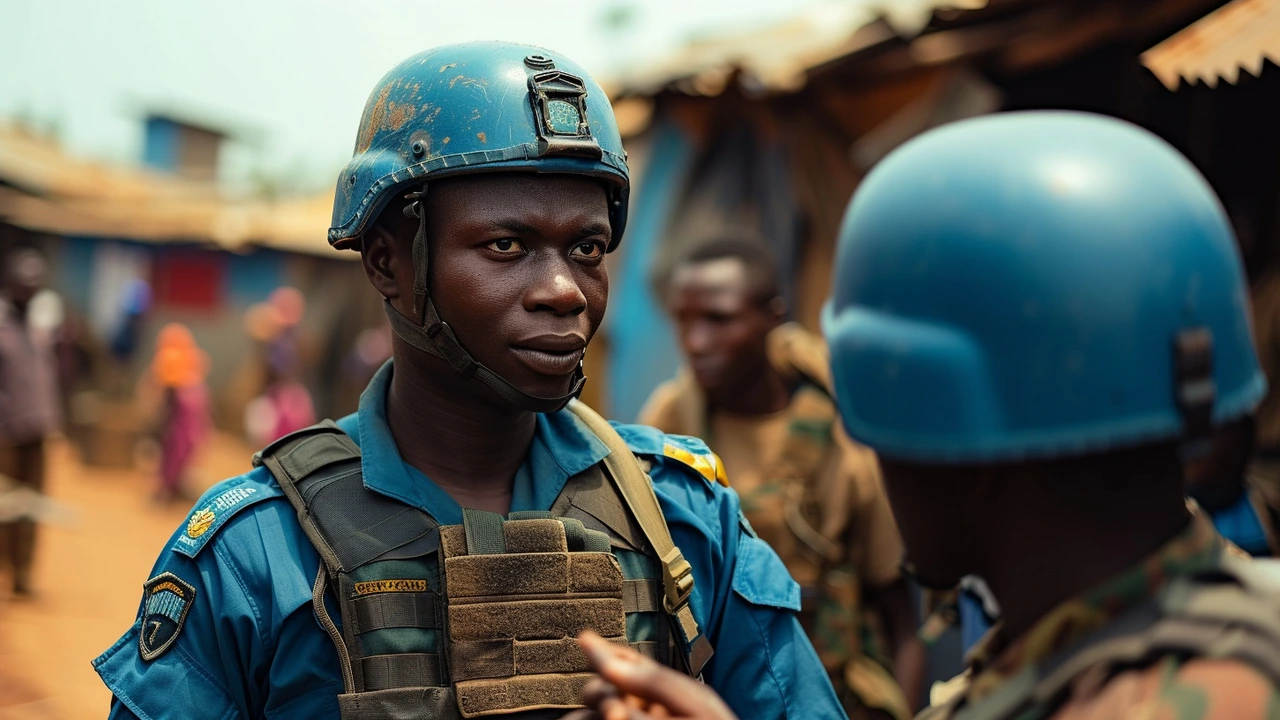Want a straight answer about who keeps peace in dangerous places? Global peace roles cover a mix of jobs: uniformed peacekeepers, police advisers, mediators, aid workers, and local community leaders. Each role tackles different risks — from protecting civilians to rebuilding schools — and they all matter for lasting stability.
If you care about real-world impact, this tag collects stories and analysis that explain how these roles work on the ground. You’ll find mission reports, personal accounts from peacekeepers, and pieces on strategy and community recovery. No fluff — just clear examples and practical takes.
Uniformed peacekeepers: soldiers and military observers who monitor ceasefires, secure areas, and help create safe space for talks. Civilian police advisers: they train local police, set standards for human rights, and help restore public trust. Mediators and negotiators: experts who bring conflicting parties to the table and keep talks moving. Humanitarian workers: aid coordinators, doctors, and logisticians who meet urgent needs while supporting long-term recovery. Community builders: local leaders, teachers, and NGOs who rebuild social ties and make peace stick.
Each role comes with different training, rules, and risks. For example, a peacekeeper may need military tactics and negotiation skills, while a community builder focuses on social programs and local partnerships. The best missions mix these skills so short-term security and long-term recovery both move forward.
Start with pieces that match what you want to know. Want human stories? Read first-person accounts and profiles. Want strategy? Look for analysis and long-reads about mission design and technology. Here on the tag you’ll find articles like "The Quiet Warriors: A Deep Dive into Global Peacekeeping Efforts" for real-life examples, and "Unveiling the Complex World of Modern Peacekeeping" for operational challenges.
If you’re learning the field, follow these simple steps: 1) Read a few mission overviews to get context, 2) Compare roles — military, police, civilian — and how they work together, 3) Note challenges like protecting civilians and working with local authorities. That gives you a clear picture fast.
Want practical next steps? Subscribe to updates, bookmark standout posts, or use the search box to find topics like human rights protection, community development, or peace support operations. If you’re thinking about volunteering or a career, check job descriptions for training needs and typical duties before you apply.
This tag is for curious readers, students, and anyone who wants to understand how peace happens — not just the headlines but the people and plans behind the work. Read a few posts, pick one role to follow, and you’ll start seeing how the pieces fit together.

Hey there everyone, I'm just really excited to talk about something that's super close to my heart – the varied faces of peacekeeping. Honestly, it's quite incredible how these brave individuals come from all corners of the globe, each with their own unique backgrounds, experiences, and perspectives, you know? They sort of band together, united by this common purpose to maintain peace and security. Reflecting on their stories, I've noticed it's not just about the military aspect; it involves civilians, police, and other specialists as well. Strangely enough, peacekeeping has a lot of layers to it, kind of like an onion, and together, they're making a difference in hotspots worldwide. It's like this tapestry of commitment, culture, and courage that really resonates with me, and I can't wait to share more with you guys in the post.
